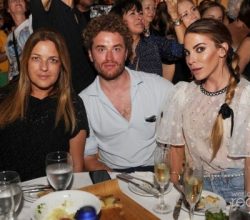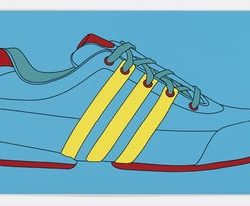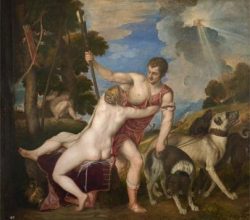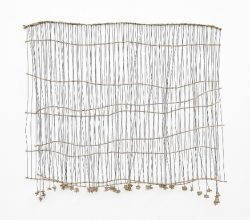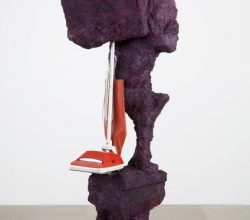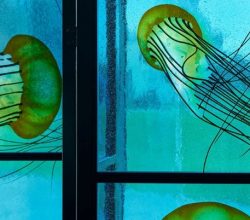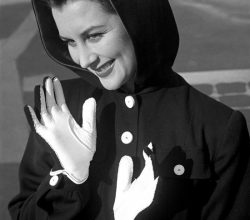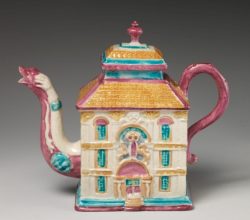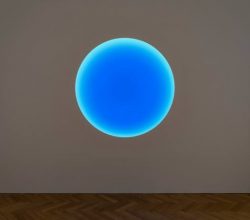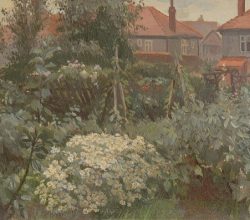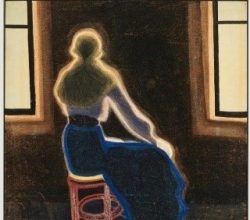
Maintenance work
Andrew Russeth | Artforum | 24th March 2020
How will the art world be changed by this pandemic? One writer expects a legacy of less travel, thus undermining the art world’s propensity of assigning “relevance through motion”. Images of empty streets are newly resonant. We will recognise new heroes – janitors, deliverers, maintenance workers. “[M]aintenance is … the hidden force that makes so much possible. Now is a time for Maintenance Art.”

